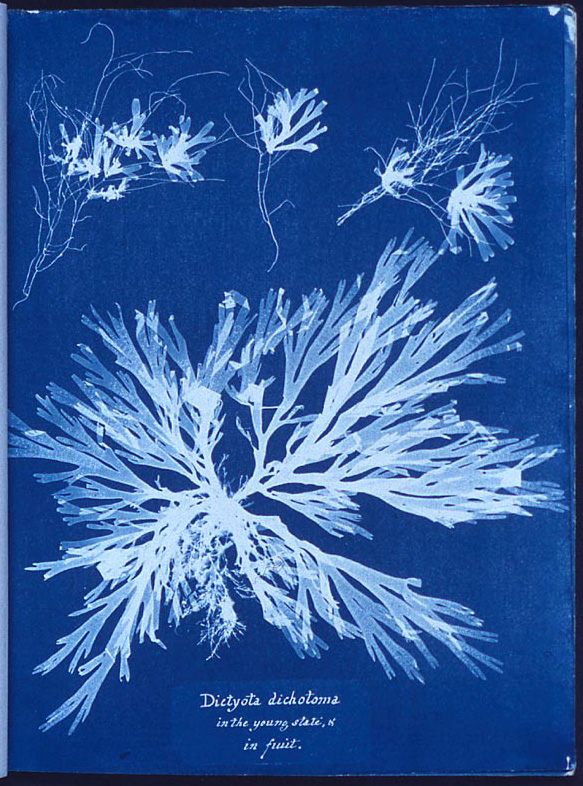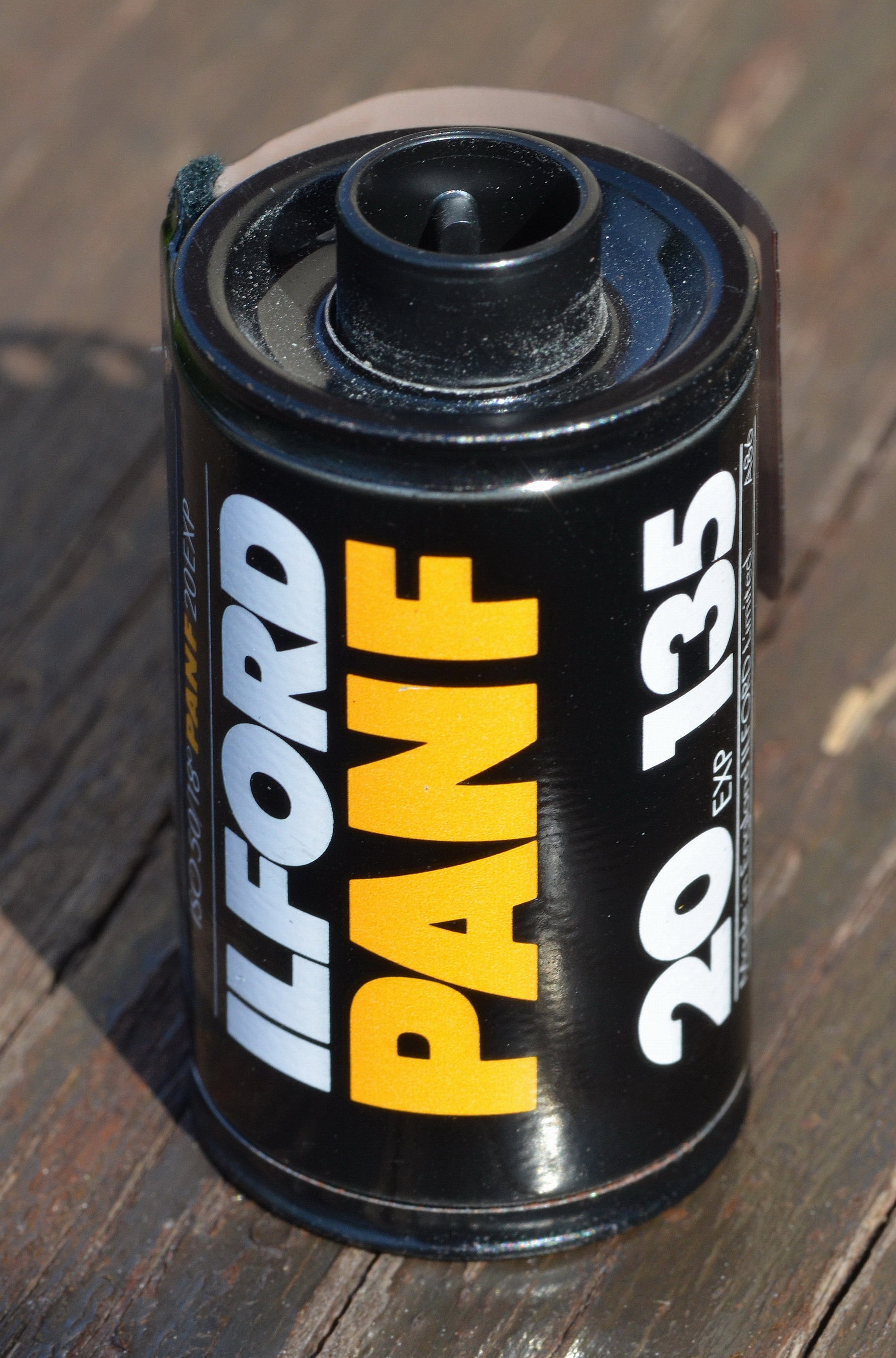|
APUG
Photrio (formerly APUG) is a website and Internet forum for an international group of photographers who use analog photography. The website was founded in September 2002, and has attracted approximately 60,000 members, including paying subscribers. The group's website is maintained through users' donations, subscriptions, advertising revenue as well as corporate sponsorship. The website's primary subject is analog photography that involves using film and darkroom techniques to produce negatives, slides or prints. Subjects discussed in the forums are concerned with aspects of traditional photography, including processes like cyanotype, platinum printing and other alternative processes. Each subject area has a forum. The galleries have scanned photographic materials posted, which concern the methods and results of traditional processes. The website has an image gallery that encourages peer review. The founder of APUG is Sean Ross from New Zealand. Events In 2006 the first ann ... [...More Info...] [...Related Items...] OR: [Wikipedia] [Google] [Baidu] |
Platinotype
Platinum prints, also called ''platinotypes'', are photographic prints made by a monochrome printing process involving platinum. Platinum tones range from warm black, to reddish brown, to expanded mid-tone grays that are unobtainable in silver prints. Unlike the silver print process, platinum lies on the paper surface, while silver lies in a gelatin or albumen emulsion that coats the paper. As a result, since no gelatin emulsion is used, the final platinum image is absolutely matte with a deposit of platinum (and/or palladium, its sister element which is also used in most platinum photographs) absorbed slightly into the paper. Platinum prints are the most durable of all photographic processes. The platinum group metals are very stable against chemical reactions that might degrade the print—even more stable than gold. It is estimated that a platinum image, properly made, can last thousands of years. Some of the desirable characteristics of a platinum print include: * The re ... [...More Info...] [...Related Items...] OR: [Wikipedia] [Google] [Baidu] |
Photographer
A photographer (the Greek language, Greek φῶς (''phos''), meaning "light", and γραφή (''graphê''), meaning "drawing, writing", together meaning "drawing with light") is a person who makes photographs. Duties and types of photographers As in other arts, the definitions of amateur and professional are not entirely categorical. An ''amateur photographer'' takes snapshots for pleasure to remember events, places or friends with no intention of selling the images to others. A ''professional photographer'' is likely to take photographs for a session and image purchase fee, by salary or through the display, resale or use of those photographs. A professional photographer may be an employee, for example of a newspaper, or may contract to cover a particular planned event such as a Wedding photography, wedding or graduation, or to illustrate an advertising, advertisement. Others, like Fine art photography, fine art photographers, are freelancers, first making an image and t ... [...More Info...] [...Related Items...] OR: [Wikipedia] [Google] [Baidu] |
Analog Photography
Analog photography, also known as film photography, is a catch-all term for photography that uses chemical processes to capture an image, typically on paper, film or a hard plate. These analog processes were the only methods available to photographers for more than a century prior to the invention of digital photography, which uses electronic sensors to record images to digital media. In a film camera that uses photographic emulsions, light falling upon silver halides is recorded as a latent image, which is then subjected to photographic processing, making it visible and insensitive to light. Contrary to the belief that digital photography gave a death blow to film, film photography not only survived, but actually expanded across the globe. With the renewed interest in traditional photography, new organizations (like Film Is Not Dead, Lomography) were established and new lines of products helped to perpetuate film photography. In 2017, BH Photo & Video, an e-commerce site ... [...More Info...] [...Related Items...] OR: [Wikipedia] [Google] [Baidu] |
Film
A film also called a movie, motion picture, moving picture, picture, photoplay or (slang) flick is a work of visual art that simulates experiences and otherwise communicates ideas, stories, perceptions, feelings, beauty, or atmosphere through the use of moving images. These images are generally accompanied by sound and, more rarely, other sensory stimulations. The word "cinema", short for cinematography, is often used to refer to filmmaking and the film industry, and to the art form that is the result of it. Recording and transmission of film The moving images of a film are created by photography, photographing actual scenes with a movie camera, motion-picture camera, by photographing drawings or miniature models using traditional animation techniques, by means of computer-generated imagery, CGI and computer animation, or by a combination of some or all of these techniques, and other visual effects. Before the introduction of digital production, series of still imag ... [...More Info...] [...Related Items...] OR: [Wikipedia] [Google] [Baidu] |
Darkroom
A darkroom is used to process photographic film, to make prints and to carry out other associated tasks. It is a room that can be made completely dark to allow the processing of the light-sensitive photographic materials, including film and photographic paper. Various equipment is used in the darkroom, including an enlarger, baths containing chemicals, and running water. Darkrooms have been used since the inception of photography in the early 19th century. Darkrooms have many various manifestations, from the elaborate space used by Ansel Adams to a retooled ambulance wagon used by Timothy H. O'Sullivan. From the initial development of the film to the creation of prints, the darkroom process allows complete control over the medium. Due to the popularity of color photography and complexity of processing color film (''see C-41 process'') and printing color photographs and also to the rise, first of instant photography technology and later digital photography, darkrooms are dec ... [...More Info...] [...Related Items...] OR: [Wikipedia] [Google] [Baidu] |
Negative (photography)
In photography, a negative is an image, usually on a strip or sheet of transparent plastic film, in which the lightest areas of the photographed subject appear darkest and the darkest areas appear lightest. This reversed order occurs because the extremely light-sensitive chemicals a camera film must use to capture an image quickly enough for ordinary picture-taking are darkened, rather than bleached, by exposure to light and subsequent photographic processing. In the case of color negatives, the colors are also reversed into their respective complementary colors. Typical color negatives have an overall dull orange tint due to an automatic color-masking feature that ultimately results in improved color reproduction. Negatives are normally used to make positive prints on photographic paper by projecting the negative onto the paper with a photographic enlarger or making a contact print. The paper is also darkened in proportion to its exposure to light, so a second reversal result ... [...More Info...] [...Related Items...] OR: [Wikipedia] [Google] [Baidu] |
Photographic Slide
In photography, reversal film or slide film is a type of photographic film that produces a positive image on a transparent base. Instead of negatives and prints, reversal film is processed to produce transparencies or diapositives (abbreviated as "diafilm" or "dia" in some languages like German or Hungarian). Reversal film is produced in various sizes, from 35 mm to roll film to 8×10 inch sheet film. A slide is a specially mounted individual transparency intended for projection onto a screen using a slide projector. This allows the photograph to be viewed by a large audience at once. The most common form is the 35 mm slide, with the image framed in a 2×2 inch cardboard or plastic mount. Some specialized labs produce photographic slides from digital camera images in formats such as JPEG, from computer-generated presentation graphics, and from a wide variety of physical source material such as fingerprints, microscopic sections, paper documents, astronomical image ... [...More Info...] [...Related Items...] OR: [Wikipedia] [Google] [Baidu] |
Photographic Print
Photographic printing is the process of producing a final image on paper for viewing, using chemically sensitized paper. The paper is exposed to a photographic negative, a positive transparency (or ''slide''), or a digital image file projected using an enlarger or digital exposure unit such as a LightJet or Minilab printer. Alternatively, the negative or transparency may be placed atop the paper and directly exposed, creating a contact print. Digital photographs are commonly printed on plain paper, for example by a color printer, but this is not considered "photographic printing". Following exposure, the paper is processed to reveal and make permanent the latent image. Printing on black-and-white paper The process consists of four major steps, performed in a photographic darkroom or within an automated photo printing machine. These steps are: *Exposure of the image onto the sensitized paper using a contact printer or enlarger; * Processing of the latent image using the f ... [...More Info...] [...Related Items...] OR: [Wikipedia] [Google] [Baidu] |
Cyanotype
The cyanotype (from Ancient Greek κυάνεος - ''kuáneos'', “dark blue” + τύπος - ''túpos'', “mark, impression, type”) is a slow-reacting, economical photographic printing formulation sensitive to a limited near ultraviolet and blue light spectrum, the range 300 nm to 400 nm known as UVA radiation. It produces a cyan-blue print used for art as monochrome imagery applicable on a range of supports, and for reprography in the form of blueprints. For any purpose, the process usually uses two chemicals: ferric ammonium citrate or ferric ammonium oxalate, and potassium ferricyanide, and only water to develop and fix. Announced in 1842, it is still in use. History The cyanotype was discovered, and named thus, by Sir John Herschel who in 1842 published his investigation of light on iron compounds, expecting that photochemical reactions would reveal, in form visible to the human eye, the infrared extreme of the electromagnetic spectrum detected by his ... [...More Info...] [...Related Items...] OR: [Wikipedia] [Google] [Baidu] |
Alternative Process
{{unsourced, date= March 2021 The term alternative process refers to any non-traditional or non-commercial photographic printing process. Currently the standard analog photographic printing process is the gelatin silver process, and standard digital processes include the pigment print, and digital laser exposures on traditional color photographic paper. Alternative processes are often called historical, or non-silver processes. Most of these processes were invented over 100 years ago and were used by early photographers. Many contemporary photographers are revisiting alternative processes and applying new technologies (the digital negative) and practices to these techniques. Examples *Caffenol *Daguerreotype *Gum bichromate and other Pigmented Dichromated Colloids which are used to directly generate a photographic print * Platinum Process and Palladium Process * Carbon print and various similar processes which use a non-sensitive intermediate layer to generate a photographic ... [...More Info...] [...Related Items...] OR: [Wikipedia] [Google] [Baidu] |
Ilford Photo
Harman Technology, trading as Ilford Photo, is a UK-based manufacturer of photographic materials known worldwide for its ILFORD branded black-and-white film, papers and chemicals. Historically it also published the '' Ilford Manual of Photography'', a comprehensive manual of everything photographic, including the optics, physics and chemistry of photography, along with recipes for many developers. Under the ownership of the industrial conglomerate ICI in the 1960s, the company produced a range of Ilfochrome (Cibachrome) and Ilfocolor colour printing materials at a new plant in Switzerland developed in partnership with the Swiss company CIBA-Geigy, which later acquired ICIs shares. By the 2000s, as the UK - Swiss company Ilford Imaging, the decline of the film market saw the UK company in receivership by 2004, but rescued by a management buy out; Harman Technology Ltd, which today continues the production of traditional black-and-white photographic materials, under the ILFORD, ... [...More Info...] [...Related Items...] OR: [Wikipedia] [Google] [Baidu] |








